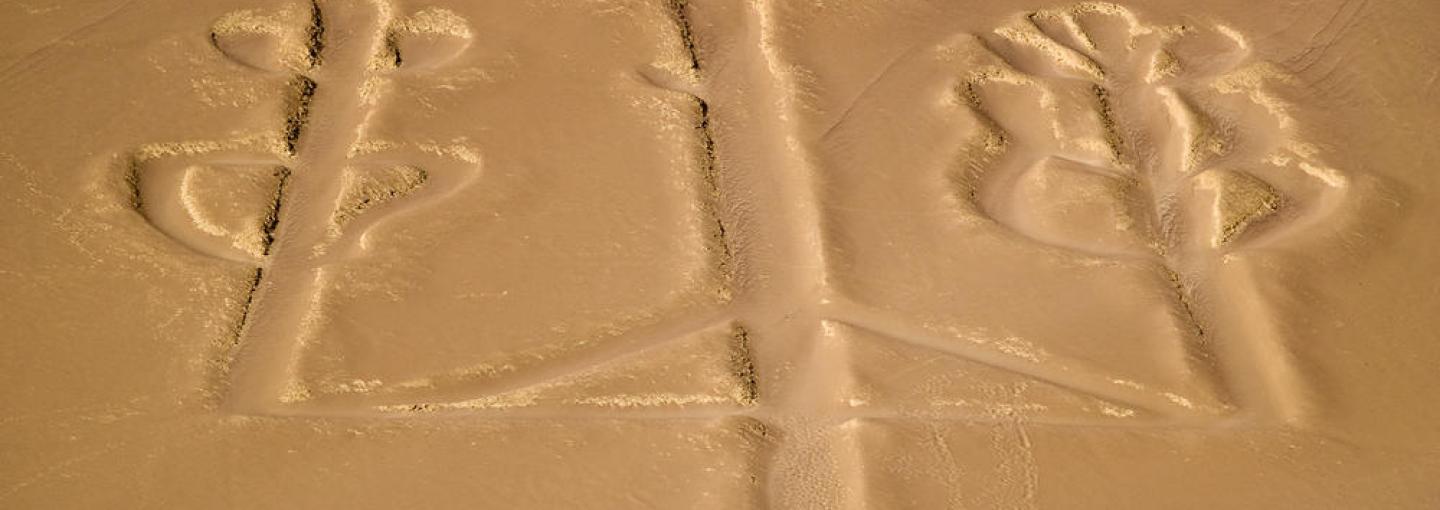Ancient Mysteries: Easter Island & the Nazca Lines
How did the huge basalt statuary come to be erected on remote (and basalt-free) Easter Island? Who was responsible for the intricate patterns, animal figures, and other grand-scale markings in the earth of lines in Nazca, Peru and for what audience and purpose were they created? Why was Machu Picchu constructed as it was, perched high atop a mountain top with such geometric precision?
Explore some of the world’s most mysterious sites with our expert study leader, and hear how theories from the fringes of science have emerged and taken hold over the years.
Study Leader, Dr. Terry Hunt
Dr. Hunt joined the University of Oregon as dean of the Clark Honors College and professor of anthropology in 2013. He taught for 24 years at University of Hawai`i, where he served as the director of the University of Hawai`i Honors Program. He earned a Bachelor’s degree from the University of Hawai’i, Hilo; a Master’s degree from the University of Auckland (New Zealand), and a Ph.D. in Anthropology from the University of Washington.
Dr. Hunt is an archaeologist whose research and teaching focus on historical environmental change and life on the islands of the Pacific Ocean. He has conducted archaeological research in the Pacific Islands for more than 30 years, with extensive work in the Hawaiian Islands, Fiji, Samoa, Papua New Guinea, and Easter Island (Rapa Nui). Over the past 12 years, Dr. Hunt has directed archaeological field research on Easter Island, where he and his students work on many aspects of the island’s prehistoric past. His continuing research on the island addresses questions concerning the trajectory of cultural and ecological changes, including the role of the colossal statues and monuments in ancient society.
Dr. Hunt has published numerous scholarly articles on Pacific archaeology, prehistory, and linguistics. His work has been published in Science, Nature, American Scientist, Proceedings of the National Academy of Science, Journal of Archaeological Science, Pacific Science, Journal of the Polynesian Society, Rapa Nui Journal, and
Current Anthropology, among others. In 2008 Dr. Hunt was awarded the prestigious University of Hawai`i Board of Regents Medal for Excellence in Research in recognition of his innovative work on Rapa Nui. In 2005, Dr. Hunt won the University of Hawai’i Regents’ Medal for Excellence in Teaching.
Dr. Hunt’s recent book (The Statues that Walked: Unraveling the Mystery of Easter Island, Free Press, New York, 2011) co-authored with Carl Lipo, revisits the dramatic story of Rapa Nui’s prehistory. The book won the Society for American Archaeology’s book of the year award, 2011, in the public audience category. Dr. Hunt’s research was the focus of a National Geographic Magazine cover story (July 2012) and a full-length Nova-National Geographic TV documentary that aired on PBS in November 2012.




